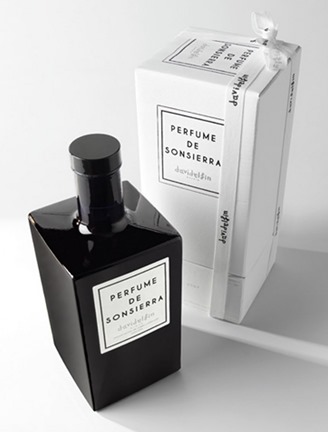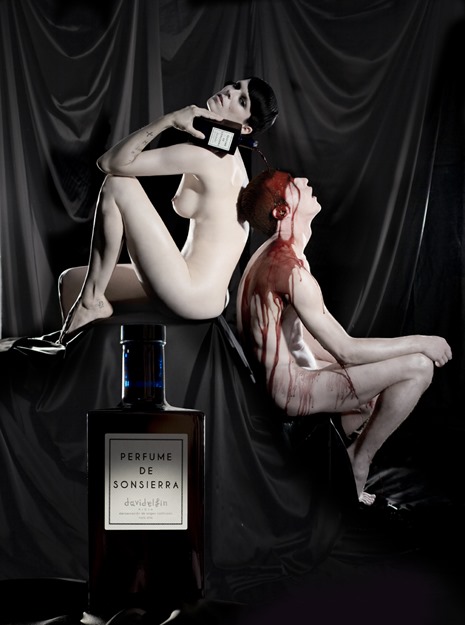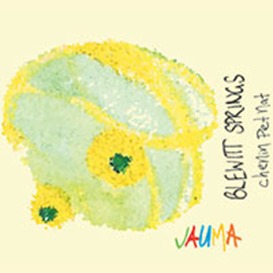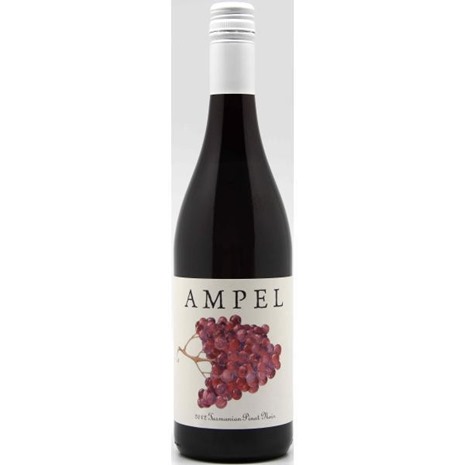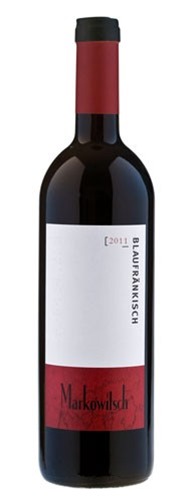Style over substance? For me this was the ultimate test. I’m a bit of a perfume nut, so as soon as I saw this, I gushed a bit and made some funny noises that I’m not proud of, and put a bottle aside to purchase.
It’s a 100% Tempranillo, Rioja wine, and one of the Bodegas’ premium releases. It costs about the same as a bottle of good perfume. While those may go a lot further for the dollars, they (probably) won’t get you drunk.
A description of the packaging – since it’s so limited that you’ll probably never see a bottle – the wine comes bound in a white cardboard box wrapped in ribbon. The bottle is blue, heavyset and thick. It has a screwcap with a fat cork underneath. The box describes the chemical composition of the wine, as a perfume box often will (except it’s in Spanish). I’m positively certain that the packaging accounts for a large fraction of the retail cost.
A description of the winemaking process. 40 year old Tempranillo vines. Fermented in new French oak from 8 different cooperages, and aged for 16 months, then more in bottle.
A description of the contents. Dark, meaty and leathery aromatic profile. I expected floral, light, red fruits, but this is not the case. Dark cherry, caramel and medicinal. A trace of tarry, campfire smoke completes the picture. Fairly dense and tannic, it opens up with black fruit and plenty of chewy, savoury clout. As can be expected with premium Rioja, oak is a big player. It finishes with notes of coconut and vanilla, but without the length I expected.
Yes, it’s slightly disappointing. But it’s also a special, exciting wine. I bought this as a treat and the whole experience of having it,opening it, drinking and sharing it was positive. It’s a gift wine, and there is a real place for those in the market. I had a preconception of a super aromatic, light bodied, red fruited Temp, but instead I got a classic, robust Rioja Reserva. And yet, as a person who would normally avoid a product that lashes out on packaging, I’d still suggest that you buy a bottle if you see it. Why? Because it’s fucking cool, that’s why.
Very Good – Excellent / 92 points
Price: $100
Source: Retail
Closure: Cork

